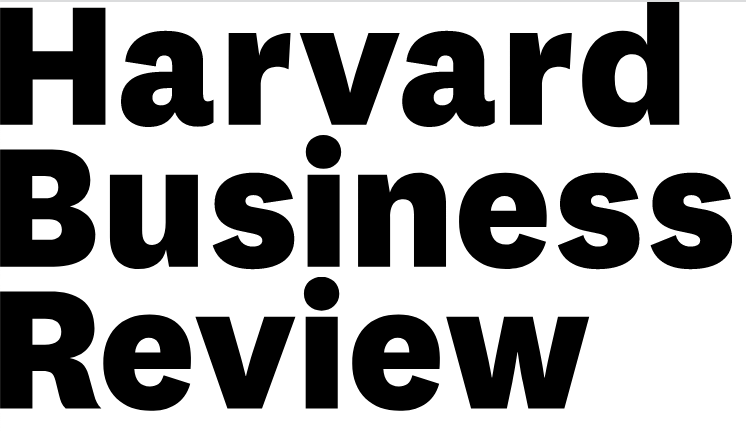You’re the manager of a busy and reliable team, suddenly forced to work from home when your governor shut down all non-essential business in your state. You’ve partnered with IT to make sure your direct reports are all equipped with everything they need to be successful – laptops, cameras, secure connections to the company network. In the absence of your usual face-to-face time, you’ve set up regular video calls with everyone to ensure you’re connecting. During your regular team meeting, you talk about remote work best practices. Everyone’s sharing articles with remote work tips. You let out a small sigh of relief you’ve been able to transition so smoothly to this new way of working.
This time has been challenging for you outside of work. You’re worried about the health of your elderly parents. You’re wondering if your kids will learn anything the rest of the school year. And where are you going to find more toilet paper? Thankfully, the one thing in your control is work. You’ve set up your team so they won’t miss a beat.
And then, a few weeks in, you’re starting to wonder about one of your usual top performers. Deshawn is taking longer and longer to respond to your emails and instant messages. Sometimes, your calls go right to his voicemail. Is he even working? It’s so frustrating to not be in the office and be able to see what he’s doing. Maybe it’s time to look into that software for employee monitoring that you’ve been hearing about.










